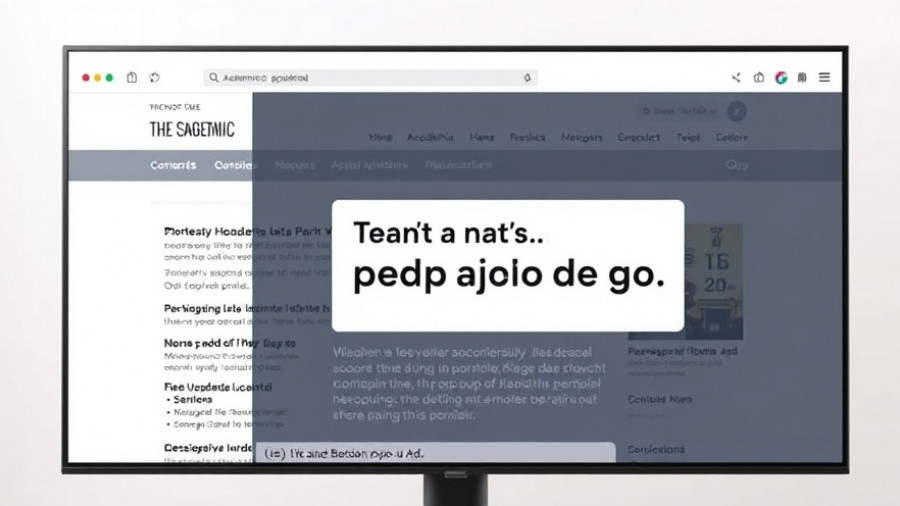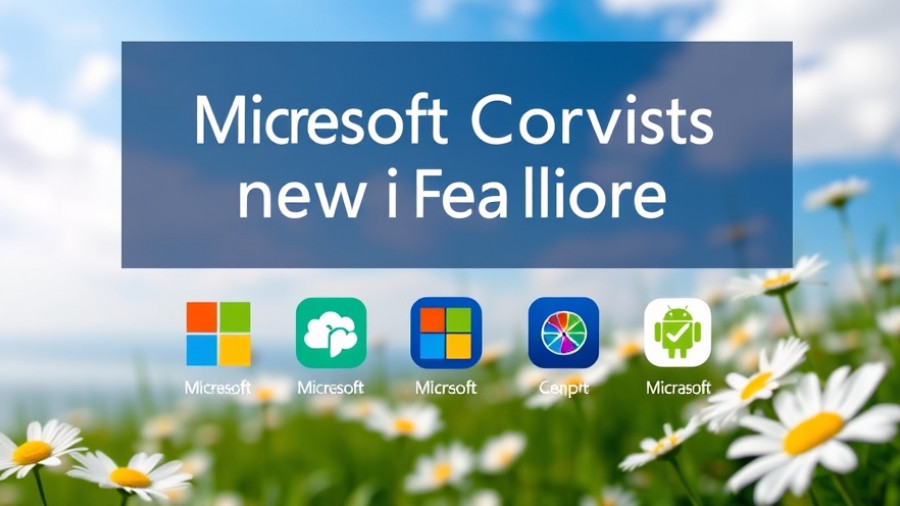
The Evolution of Semantic Search in Microsoft’s Copilot
In a significant advancement in the realm of artificial intelligence, Microsoft has embarked on testing a new feature for its Copilot application within Windows 11 that leverages semantic search capabilities. Unlike traditional search techniques, which often rely on keywords, semantic search utilizes contextual understanding to provide results that align more closely with user intent. This change is poised to enhance productivity for users leveraging Microsoft AI tools.
Why Semantic Search Matters for Copilot AI
Semantic search represents a paradigm shift in how computers understand and respond to user queries. By focusing on the meaning behind search terms rather than solely matching keywords, Microsoft aims to facilitate a more intuitive user experience. This aligns with the broader goal of making technology more accessible and efficient for users of all backgrounds. With Copilot aiding users in tasks like writing documents, creating presentations, or conducting research, semantic search could drastically cut down the time spent sifting through irrelevant information.
How This Will Change User Interactions
As users increasingly turn to AI solutions for assistance, Microsoft's integration of semantic search into its Copilot application reflects a growing trend in personalized technology. The ability to correctly interpret nuanced queries means that users can expect responses that are more aligned with their needs, rather than a simple list of documents or websites. This could fundamentally change how professionals approach their daily tasks, enabling them to accomplish more in less time.
Expert Insights: The Future of Semantic AI
Experts believe that this move could set a new standard for how search functionalities are integrated into software. As more companies invest in semantic technologies, we're likely to see enhancements across various applications. Drawing parallels with advancements in fields such as natural language processing (NLP), Microsoft’s approach with Copilot is not just a one-off improvement; it’s part of a larger movement toward smarter digital assistants that genuinely enhance user workflows.
Comparing Copilot’s Features to Competitors
When examining Microsoft’s Copilot alongside other AI technologies, it’s essential to assess how semantic search can elevate its functionality relative to its competitors. While tools like Google Assistant and Apple’s Siri focus heavily on voice commands and smart device control, Microsoft’s Copilot is designed with enterprise users in mind, prioritizing productivity and task completion. This differentiation could serve to solidify Microsoft’s standing in an increasingly competitive tech landscape.
Practical Insights: Maximizing Copilot’s Semantic Search
For users eager to take full advantage of Copilot’s forthcoming semantic search capabilities, there are several practical steps to consider. Engaging with the AI through conversational queries rather than strict phrases can yield better responses. Furthermore, familiarizing oneself with the app's features and continuously providing feedback could contribute to refining the performance of Copilot's AI, ultimately leading to a more tailored experience.
Wrapping Up: Embracing the AI Revolution
The integration of semantic search within Microsoft’s Copilot not only showcases the company's commitment to innovation but also invites users to rethink their interaction with technology. As these capabilities roll out broadly within Windows 11, users will find themselves better equipped to meet the demands of an increasingly digital workspace.
 Add Row
Add Row  Add
Add 




Write A Comment